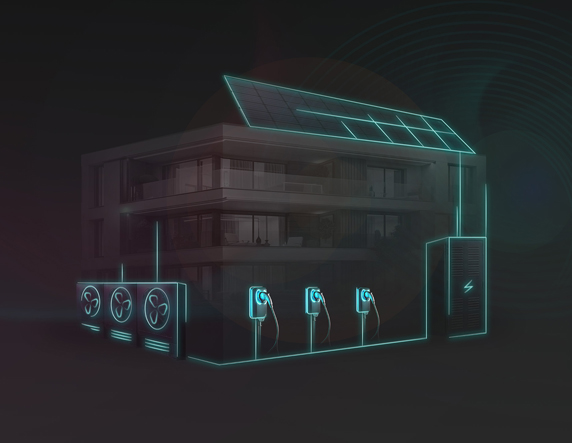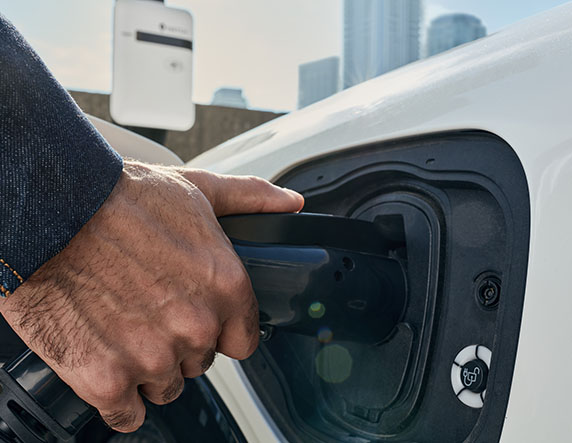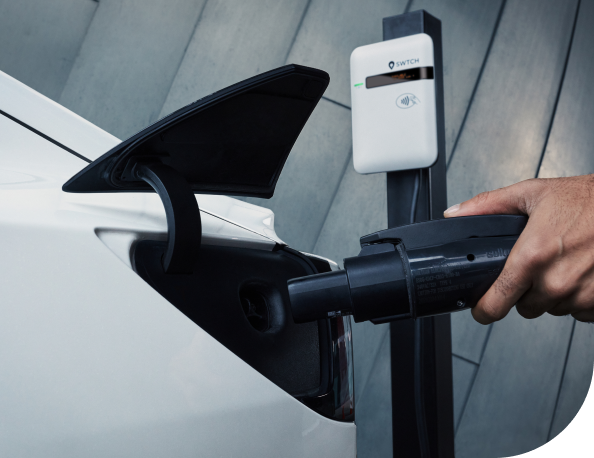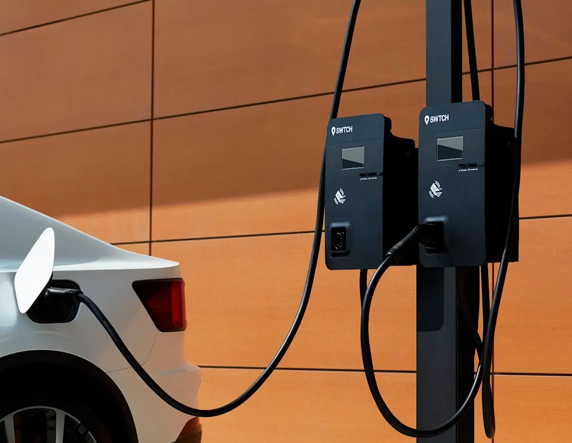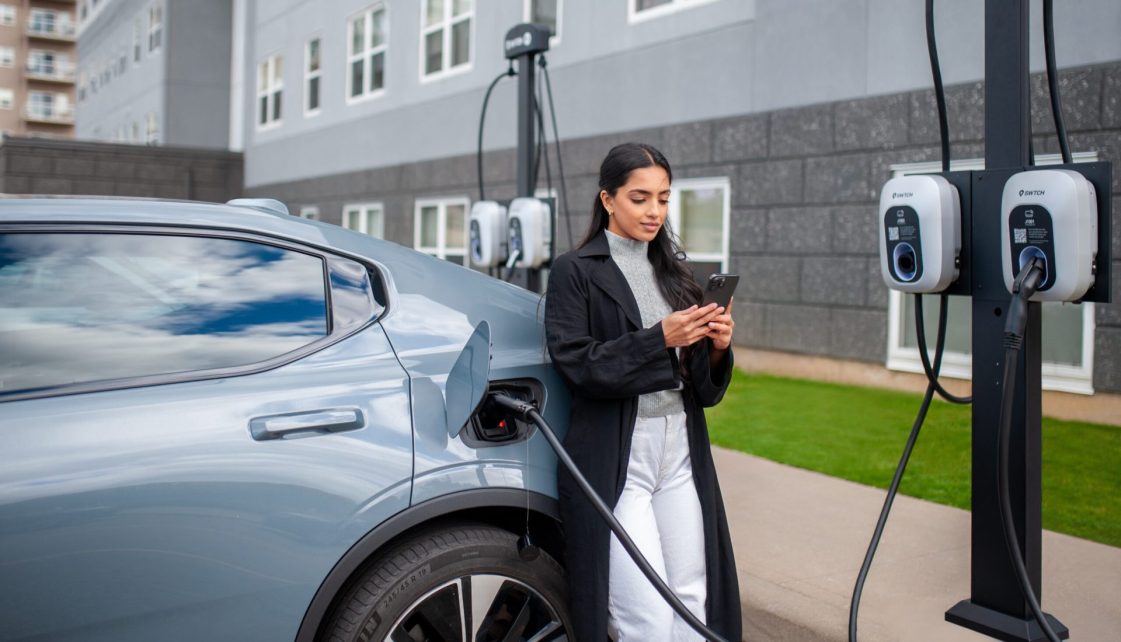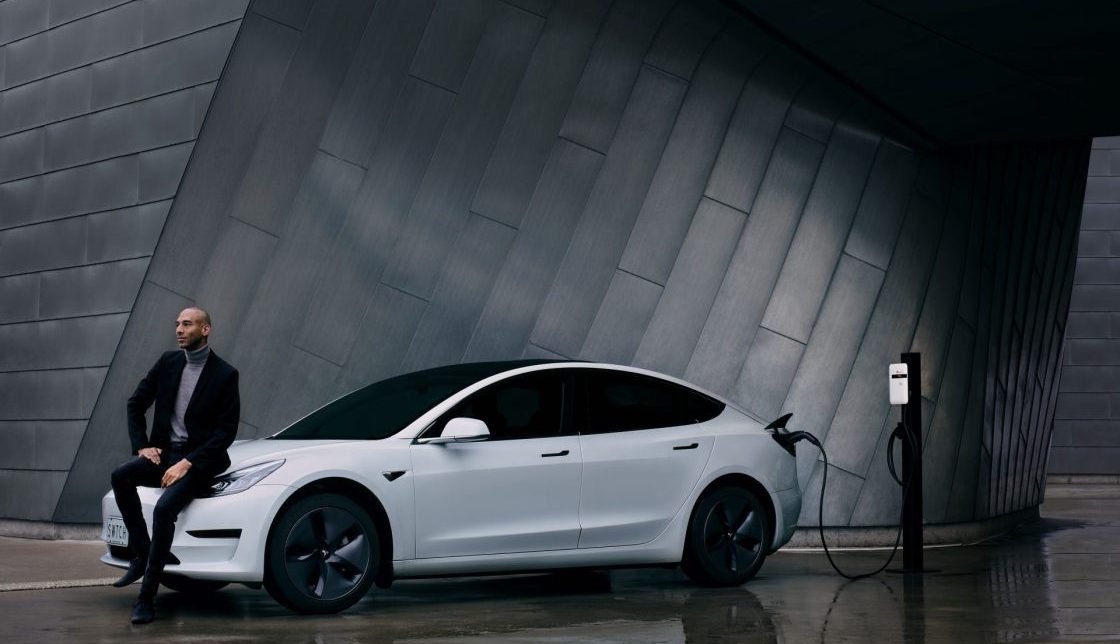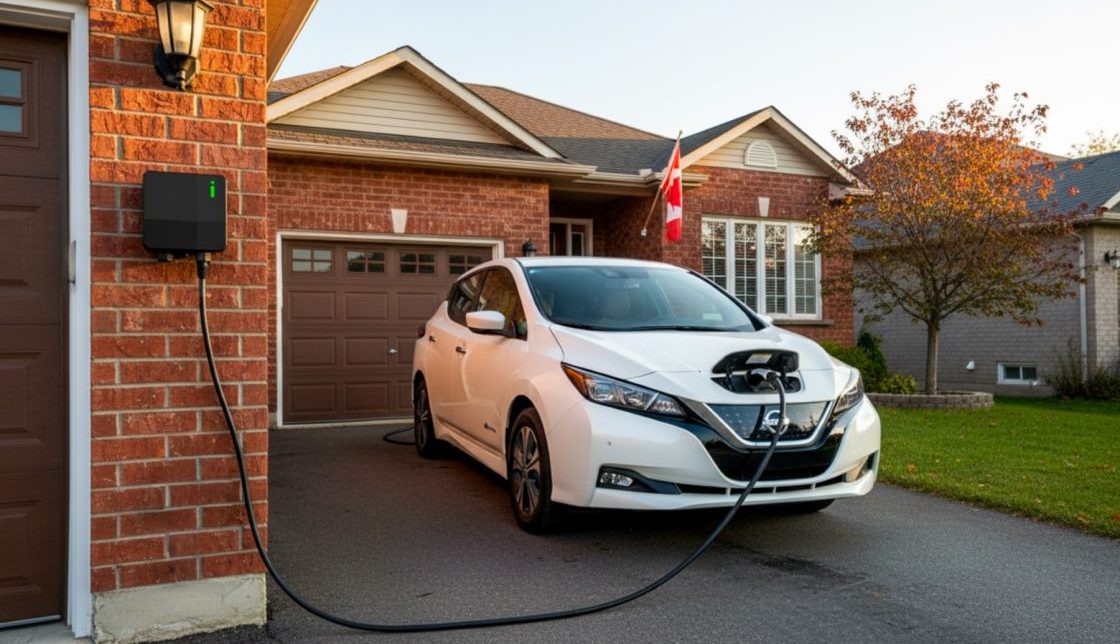EV Charging ROI: Strategies & Insights from EVCS
The EV charging landscape is evolving rapidly, creating both opportunities and challenges for property owners. With more drivers switching to electric vehicles, the ability to offer charging infrastructure isn’t just an amenity—it’s becoming a necessity. But how can property owners ensure their investment in charging stations delivers real value?
At a recent industry panel, SWTCH’s VP of Sales, Joe Zulewski, joined moderator Elena Ciccotelli from The EVs for Everyone Podcast, David Hughes of the Hughes Family Trust, and Hunter Lambroff from Energy Source to tackle this question, sharing insights on how to choose the right charging level, optimize ROI, and future-proof charging infrastructure. Their key takeaway? Success isn’t just about installing chargers—it’s about aligning technology with business goals, visitor behavior, and site-specific energy capacity.
Check out these key takeaways to learn how to make smarter EV charging decisions that drive real ROI.
How do you choose the right charging level?
This was the panel’s core question. And the conclusion was that, when deciding between Level 1, Level 2, and Level 3/DC fast charging, two factors matter most: the charging use case and typical driver dwell time.
Essentially, the longer a car is expected to be in one spot, the slower the charger can (and arguably should) be.
At an airport, a Level 1 charger (slowest, multiple days to get a full charge) is going to work great most of the time—cars will likely be parked and plugged in for days.
For quick-turnover locations like highway rest stops, the faster, the better. Level 3 chargers (fastest, generally 30-60 minutes for a full charge) allow drivers to get back on the road quickly (though still with enough time for a meal break). They’re not as good a fit for home use.
“Level 3 at a multi-family doesn’t make too much sense,” David said. “People kind of want something that they can slow charge overnight and forget it, like your cell phone.”
As Joe pointed out, for lengthy but not days-long dwell times, Level 2 (medium speed, generally several hours for a full charge) will be the best choice. Some examples:
- Multifamily buildings and workplaces
- Retail locations like malls
- Commercial properties with long visitor stays
This was a point echoed by both Hunter and David, who stressed the importance of closely examining not just whether a property is multifamily, commercial, retail, etc. but what kind of business operates there. The dwell time at a bank is very different than at a doctor’s office, for instance.
How to optimize for EV charging ROI, case by case
There was a mix of perspectives on this topic, reflective of how there are many ways to extract value from EV charging.
For David, multifamily EV charging is an amenity to attract and retain tenants, and so he prefers not to seek profit from the charging sessions themselves—he thinks it’s best to just add a small surcharge over the energy costs to contribute to maintenance costs. But he also said that incentive programs and existing energy capacity are a must. If electrical upgrades are necessary and there are no incentive programs out there, he isn’t interested in installing charging.
But Joe pointed out that, even in the absence of electrical capacity, technology can make up the difference and allow for EV charging to be installed and generate ROI.
“What we do a lot of is just active load management. So making sure that we’re dynamically managing that load on the property, and we can utilize the existing panels,” Joe said.
This allows properties to install a couple of chargers—or, using SWTCH Cortex, as many as they like—without having to complete electrical upgrades. It completely changes the ROI conversation.
And for other spaces like retail, Hunter pointed out that the goal is usually more about drawing in traffic and prolonging dwell times, pointing to research that found EV drivers spend about 50 additional minutes on their shopping. “When they took a look at the additional spend from customers shopping at their stores, it was about $1 per minute that customers were spending there, he said.”
With a single charging session per day, that works out to an additional $18,000 spent on-location over the course of a year, not including the money spent on the charging sessions themselves.
Whatever approach or approaches you choose, the key takeaway is that there is strong ROI associated with EV charging. You just need to optimize your offering to deliver on your specific goals.
EV charging really is like Field of Dreams—if you build it, they will come
A line from Field of Dreams pops up frequently in discussions about EV charging: If you build it, they will come. The idea is that a property with few, or even zero, EV drivers will find their charger utilization rate quickly increases as people adopt EVs for their next vehicles. Often, the only thing holding them back was access to charging at home.
But is it true?
Well, yes.
“We had a property in Colorado where we worked with them to announce to all the tenants that we’re putting in level 2 chargers at this property,” Joe said. “Before the chargers have even gotten in the ground, two tenants have gone out and bought EVs.”
But even more important, he said that the benefit persists. “I would expand on that and say if you build it, not only will they come, but they will stay.”
Multifamily EV charging being in short supply means that residents cling tight to places that do offer charging, unwilling to move unless their new home will also offer charging. It presents a powerful opportunity for properties ready to install EV charging today; build up the goodwill now and get EV drivers comfortable with you, and you can expect to keep them around for a long time.
The conversation was wide-ranging, but the overarching theme was one not only of optimism for the future but of how remarkable the landscape is today. You can get strong ROI from EV charging today. Choosing to install now and build momentum over slower-moving competitors is a shrewd move that will serve property owners of all kinds extremely well.
Ready to maximize your property’s EV charging ROI? SWTCH can help you determine the right charging level, implement smart load management solutions, and develop a strategy tailored to your specific goals.
Contact our team today for a free consultation!
